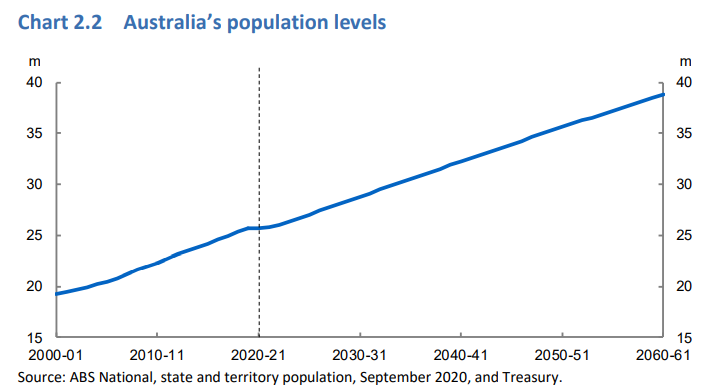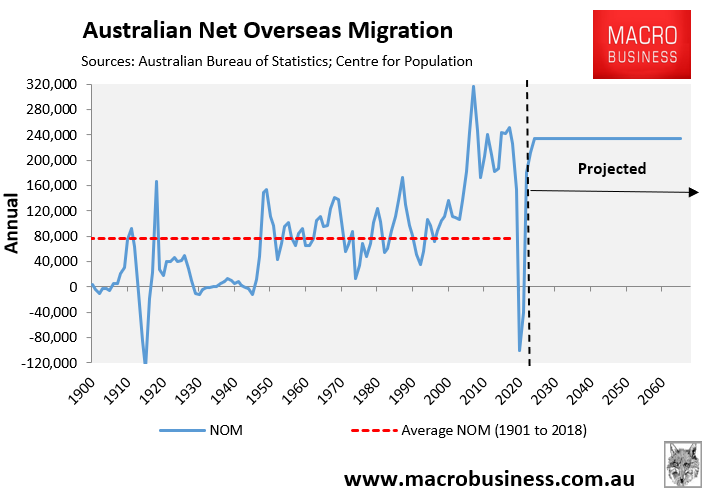The Grattan Institute has released its ‘Orange Book’, which outlines its list of policy changes that should be prioritised by the winner of the upcoming federal election.
The blueprint covers a wide range of areas including tax reform, childcare, emissions and energy, infrastructure, superannuation and welfare, health and education, and housing supply and planning.
Below is the Overview:
Elections are times for political parties to articulate their policy vision. And for the 2022 federal election, held in the third year of a global pandemic, a program of bold and well-designed policies is more important than ever. This report sets out the policies we think should be part of that program.
The Australian economy has proved remarkably resilient through the pandemic, helped by significant monetary policy and fiscal supports. The next federal government should ‘stay the course’ on its current fiscal strategy of providing temporary support until the recovery is secured and wages are growing.
Over time, stronger growth in Australia’s living standards requires increased productivity growth.
The next government, whether Coalition or Labor, should make Australia’s tax system more efficient. Increasing and/or broadening the GST to fund lower income taxes, and supporting state governments to swap stamp duties for land taxes, are some of the best efficiency enhancing reforms. Improving the composition of our permanent skilled migrant intake also offers big long-term payoffs. Reducing out-of-pocket childcare costs would free up families’ choices and boost workforce participation, particularly for women.
Improving people’s health and education would also boost productivity and quality of life.
Improving access to early childhood education and boosting the quality of school education, including making teaching a more attractive career option for high achievers, would lift student performance, which has been in decline for more than a decade.
The health system functions well overall, but improving the delivery of primary care, addressing aged care workforce needs, and reducing out-of-pocket costs for medical specialists and dentists would ensure more people could get care when they need it.
The next federal government should also boost the bang for buck from transport spending by funding only nationally significant infrastructure projects, avoiding projects that are poor value for money.
The next government must fix the climate-policy gridlock. Australia needs sharper incentives for carbon-emission reductions now, if we are to avoid a very disruptive and costly transition later.
Australia also needs to do more to tackle the scourge of poverty and homelessness. Increasing JobSeeker and other working-age welfare payments, increasing rent assistance, and building more social housing would ‘ease the squeeze’ on the vulnerable. The federal government should sharpen incentives to state governments to boost housing supply, and it should introduce a national shared equity scheme to help poorer Australians to own a home.
Finally, the next government should bolster the checks and balances on political decision-making. The government should reduce the influence of vested interests by tightening rules on political donations and lobbying. And it should set up a federal integrity commission with wide-ranging powers to prevent corruption and misuse of public money.
This is an ambitious agenda. But decades of policy gridlock mean there are many opportunities to improve Australians’ living standards through better policy. The 2022 federal election campaign should be the starting gun for the race to build a better Australia.
While there are a lot of good ideas in the blueprint, especially around tax, welfare and superannuation, it beggars belief that Grattan has failed to mention the need for a national population policy.
As we know, Australia’s population is projected to increase by 13.1 million people (50%) over the next 40 years – equivalent to adding another Sydney, Melbourne and Brisbane to Australia’s existing population:

This population growth will be driven almost entirely by extreme 235,000 net overseas migration (NOM), which is way beyond the historical average:

Many of the problems Grattan highlights in its blueprint – including housing supply, lack of social housing, growing wealth inequality, emissions, and inadequate infrastructure and waste – are all made worse by extreme immigration.
Grattan’s comment on housing supply highlights this point:
Australian cities have not built enough housing to meet the needs of Australia’s growing population. Australia has just over 400 dwellings per 1,000 people, which is among the least housing stock per adult in the developed world. Australia has experienced the second greatest decline in housing stock relative to the adult population over the past 20 years…
So why hasn’t Grattan even bothered to discuss the population issue outside of some tweaks to the composition of permanent migrants?

